Is Mason Sand Or Concrete Sand Best For Horse Arenas? How Well Each Material Works
Mar 27, 2024 | Super Equestrian

Ever wonder what materials you should choose when creating an arena for your equine buddies? Think about your home. Isn’t it a safe place? Obviously, yes. When choosing the material for your horse arena must depend on an important factor which is safety. Material has to be safe and comfortable for the horse and its handler.
Let me take you back to the days when I was figuring out the whole horse arena scene. It was a bit of a challenge. I was deep into researching sands – mason sand and concrete sand were on my radar. Mason sand is finer, but it can get a bit dusty.
On the flip side, it's tough, holding its own against masonry materials and bricks, creating solid mortar. Now, concrete sand, that one's rounder than mason but a champ in strength.
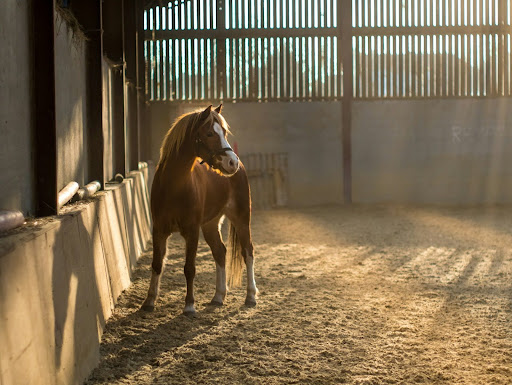
After weighing the pros and cons and thinking about what my horses were up to, I finally made a call. It's all about making an informed decision, right?
You can do the same for your setup. Curious about how? Let's dig into it...
Mason Sand
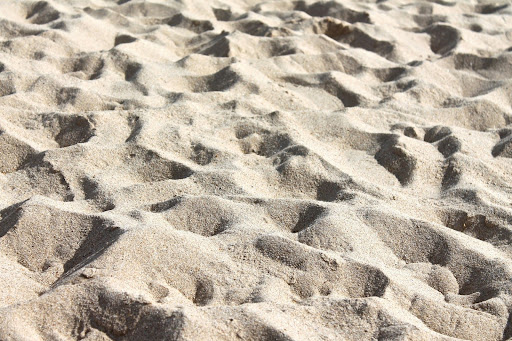
Mason sand, often referred to as "builder's sand" or "mortar sand," is a popular choice for horse arenas, particularly for dressage and other disciplines that require a softer, more forgiving surface. Here's a closer look at its properties, benefits, and drawbacks:
a.Properties:
Imagine the smooth feel of freshly fallen snow. That's what mason sand can resemble in your arena. The small, rounded grains create a soft, forgiving surface that provides excellent grip and reduces impact on your horse's joints.
Furthermore, mason sand boasts superior drainage capabilities. Its loose consistency allows water to easily percolate, preventing mud issues even during heavy rainfall.
Another perk of mason sand is its dust control. The fine particles don't become airborne as readily as coarse sands, creating a more pleasant environment for horses and riders alike.
b.Benefits:
Mason sands are aesthetically eye-shooting. It's not only great with looks, but its workability is also praiseworthy. There are several benefits of mason sand that you must consider-
- Ideal for Dressage and Light Riding: The softness and grip of mason sand provide a secure, comfortable footing for precise movements and delicate maneuvers.
- Dust control: Its grain size range is 0.0075mm to 0.75 mm. Mason sand doesn’t produce much dust. Horse arenas are prone to be dusty due to exercising, jumping, or activities of horses. So, Mason sand provides great dust control power in the arena. Less dust means horse and rider can save themselves from irritations and have clearer breathing and improved visibility.
- Good drainage: Say goodbye to muddy puddles! Mason sand has high porosity which means it has enough gaps between each grain. These empty gaps allow water to move between its particles. Therefore, Good drainage capacity is also a great factor for this particular sand.
- Consistent Footing: Mason sand packs well and maintains its texture over time, minimizing the need for frequent leveling and maintenance.
C.Drawbacks:
Despite having some great benefits, it has some cons too, knowing them will help you to understand this particular sand better. These are-
- Moisture Dependence: The fine texture can retain moisture, making it susceptible to dust issues in dry climates. Regular watering may be necessary to maintain optimal conditions.
- Deep Footing: For intense jumping or high traffic, mason sand may become too deep, potentially tiring the horse's muscles and putting strain on joints.
- Cost: While not exorbitantly expensive, mason sand generally costs slightly more than concrete sand.
Overall, Mason sand is a fantastic choice for dressage arenas, lighter riding disciplines, and riders who prioritize a soft, forgiving surface for their horses. However, it's essential to consider the potential drawbacks and weigh them against your specific needs and climate.
Concrete Sand
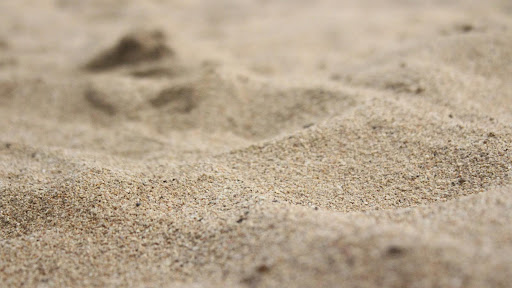
If mason sand is the gentle whisper of comfort in the arena, concrete sand is the bold shout of action. With its coarser texture and firmer consistency, it caters to a different set of needs, excelling in areas where mason sand might falter.
a.Properties:
Picture the sandy beaches of your favorite vacation spot. That's the general vibe of concrete sand. Its larger, angular grains create a sturdier surface that offers excellent traction and support.
Drainage? No problem! Concrete sand's looser structure allows water to easily flow through, minimizing the likelihood of puddles and muddy situations.
However, unlike the dust-taming nature of mason sand, concrete sand has a bit of a wild side. Its coarser particles can become airborne, especially in dry conditions, requiring additional dust control measures.
b.Benefits:
Concrete sand, also known as fine aggregate, plays a crucial role in maintaining quality along with its durability, drainage system, and much more. Such as:
- Durable and Firm: Perfect for jumping, racing, and high-traffic areas, concrete sand provides a stable footing that can withstand intense activity.
- Excellent Drainage: Rain or shine, your arena will stay rideable! Concrete sand keeps mud at bay, even during downpours.
- Affordable: Compared to mason sand, concrete sand is usually the more cost-effective option.
- Easy to Maintain: Its coarser texture requires less frequent leveling and maintenance, saving you time and effort.
c.Drawbacks:
After knowing those good things about concrete sand, let's know some of their shortcomings-
- Dust Generation: Dust control becomes crucial with concrete sand. Regular watering, dust suppressants, or alternative footing types might be necessary.
- Harsh on Joints: The firmed surface can be harsher on the horse's joints, especially for older horses or those with pre-existing conditions.
- Not Ideal for Dressage: Its lack of softness and fine texture may not be suitable for precise movements and delicate maneuvers needed in dressage.
Concrete sand shines in arenas where action reigns supreme. If you prioritize a firm, durable surface for jumping, racing, or high-traffic situations, it can be a fantastic choice. However, be mindful of the potential dust issues and its less forgiving nature for certain types of riding.
Factors to Consider
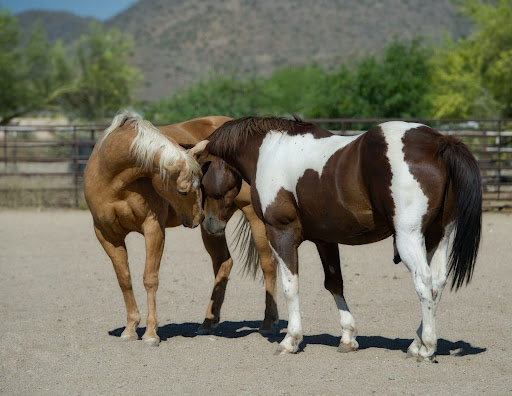
Here is the fact, the sand type you choose depends widely on the activities your horse will be doing if you’re creating an arena inside or outside. Sometimes it also depends if you are using any additive with the sand. But mostly you need to consider your discipline, your horse’s preference, and also your budget. You must keep the following things in mind:
a.Discipline:
There are plenty of riding styles in the equestrian world. It can be dressage, jumping, western riding, and so on. If you are into dressage riding, you should consider soft materials. And if you compare concrete sand and mason sand, mason sand is perfect here.
If you are more adventurous and like heavy activities like jumping, you need a solid foundation for your equine arena, where mason sand is more aligned with light riding. However, if you are more into jumping and western riding, it is advisable to consider buying concrete sand.
b.Climate:
Riding in a wet arena is dangerous for footing, also for the horse and riders. Still, bad weather or wind can occur. Wet weather can harm you as well as your horse arena. Besides, being wet makes you attracted to horseflies. You have to make a solid preparation for that. When it's raining heavily, mason sand does not hold water. After a sunny day, you can have your arena back when the sun dries out. But heavy wind can cause havoc as mason sand is lightweight.
On the other hand, the concrete sand arena is still rideable during bad weather conditions, It has a super drainage system that passes the water after rain without harming the arena. It's coarser than mason sand, so it doesn't go away with a heavy wind.
c.Budget:
Here is some good news! You can make a beautiful arena at your preferred expense. First off, think about your budget. If you're up for splurging a bit and want a big space, mason sand is top-notch but can be pricey.
You'll need to fork out a hefty sum for that. Now, if you're aiming for good quality without breaking the bank, concrete sand is the way to go. It's more budget-friendly compared to other options and still packs a punch in terms of quality
More for you:
Is Hilason saddle in your next purchase?
Eager to create the best lesson plans for your horse?
Conclusion
We have come to the end of our discussion. When you are making a horse arena, choosing the right material is crucial for your riding performance and the well-being of your horse. Mason sand is lighter, fine textured, and ideal for dressage and simple riding. In contrast, concrete sand is more like a tough nut crack in bad weather, provides various goodness like good drainage, fits within budget, and is easy to maintain.
You can make informed decisions now considering your preference and tell us why it is suitable for you In the comment. You can also share this article with anyone concerning the materials for creating a horse arena.
Recent Blogs
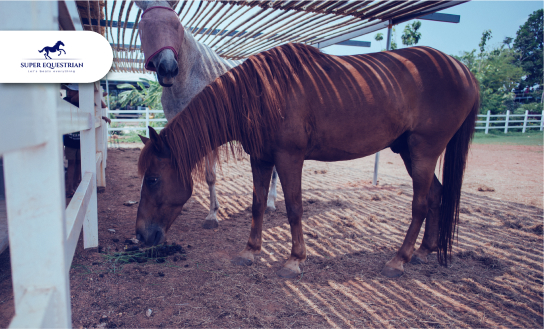
Common Equine Diseases and How ...

Equine Health Supplements: What Every ...

Jumping Basics: How to Prepare ...

Essential Horse Riding Gear for ...

How to Balance Work, Life, ...

How to Balance Work, Life, ...

Top 5 Exercises to Improve ...

How to Build Confidence as ...
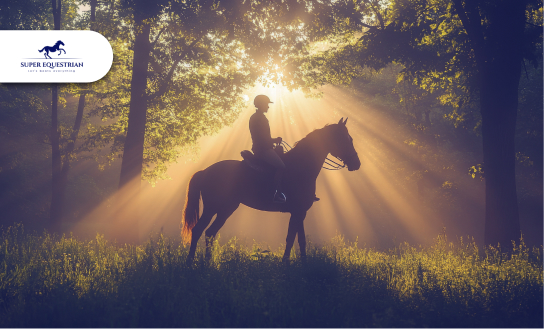
Spotlight on Equestrian Legends: Riders ...

Horse Auctions and Sales...

Top Horse Friendly Travel Destinations ...

How to Build Stronger Bonds ...

Upcoming Horse Shows and Competitions ...

MIPS Equestrian Helmet The Future ...
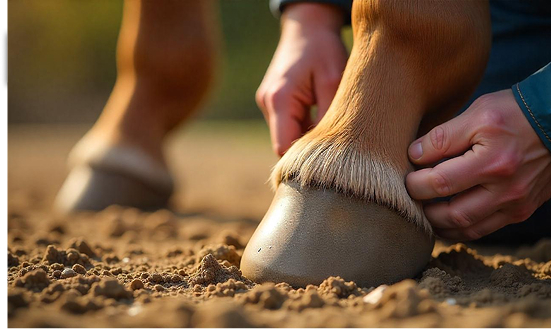
How to Recognize and Treat ...
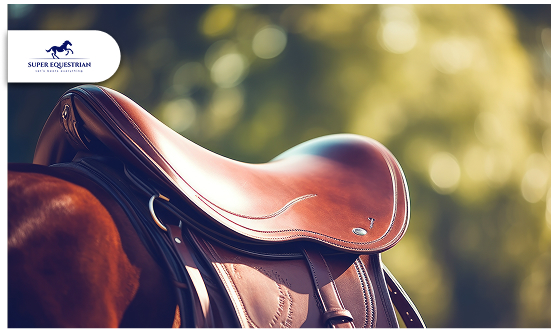
How to Choose the Perfect ...
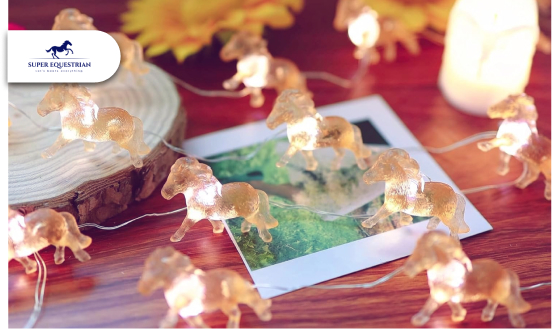
Horse-Themed Gifts Unique Ideas ...
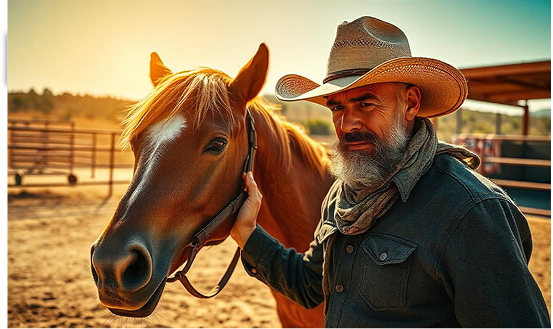
Horse Training Techniques: Creating A ...
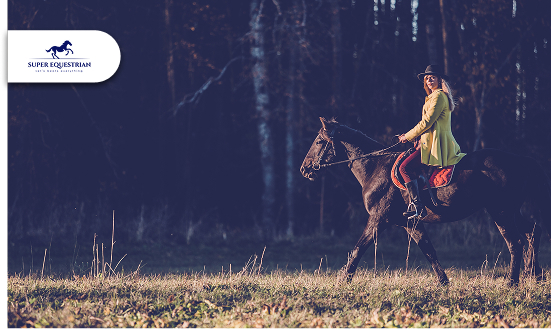
Horseback Riding Lessons – Everything You ...
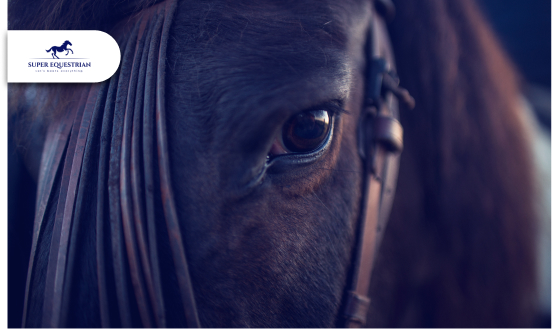
Horse Photography Tips: Learn the ...
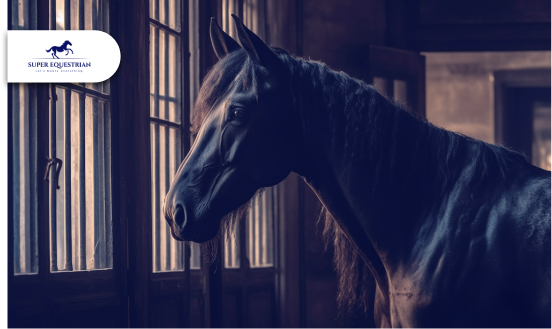
Horse Stable Management: The Quiet ...
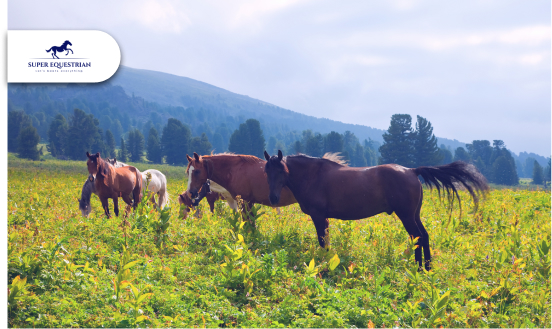
Horse Rescue Organizations: A Profound ...
Horse Racing Events A Look ...
Best Horse Manure Fork Six ...
What Are The Rarest Horses ...
What Does It Mean When ...
Horse Insurance Providers This Is ...

Horse Behaviour and Psychology: Learn ...

How Much Does a Horse ...
.jpg)
Best Monoflap Saddles For Your ...
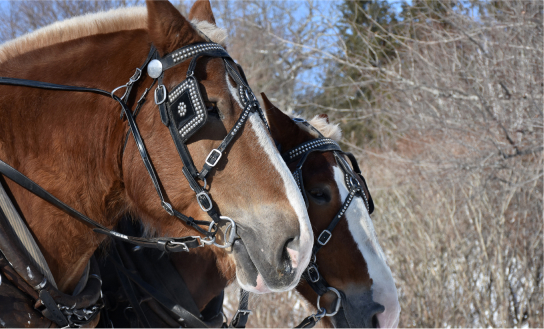
Best Hackamore For Barrel Racing...
.jpg)
Best Barrel Racing Reins Top ...
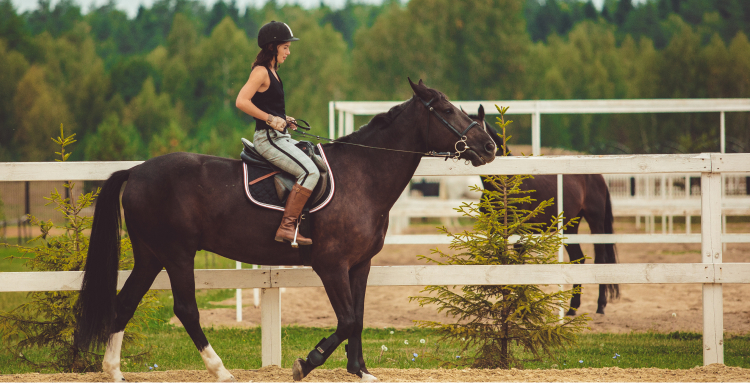
Horse Anatomy And Physiology: Facts ...
.jpg)
Best Stirrups For Ankle Pain - ...
.jpg)
Horse Care Tips and Tricks: ...

What Do Wild Horses Eat- ...
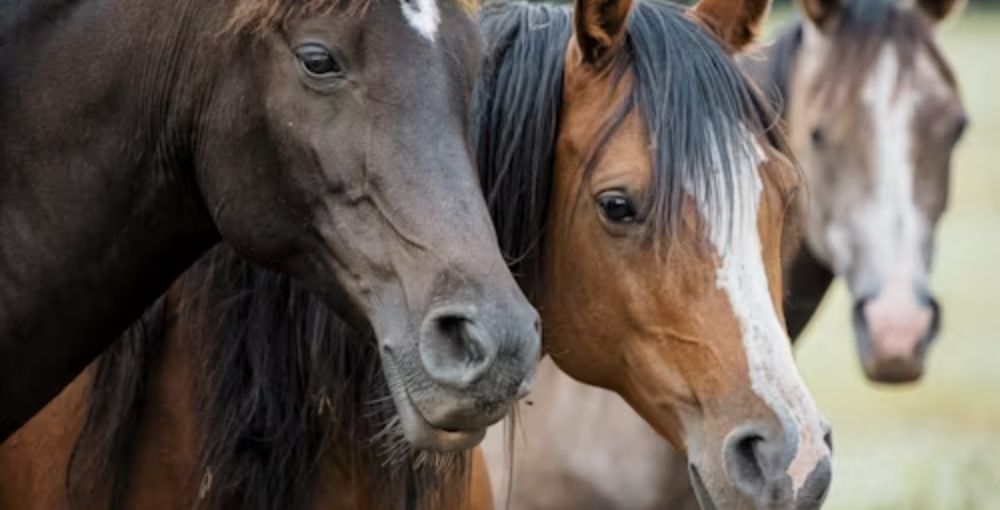
Horse Breeds and Characteristics: How ...
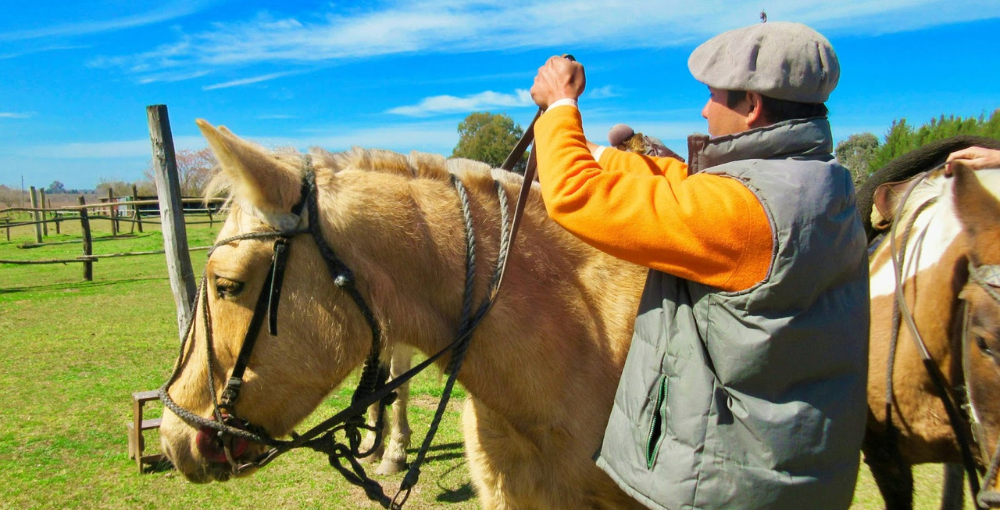
Best Barrel Racing Reins - Top ...

Horse Breeds and Characteristics: How ...

Best Breeches For Curvy Riders...
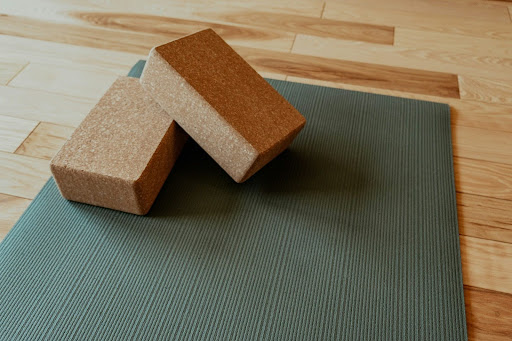
Best Stall Mats For Horses - ...

Best Horse Brushes ( A Thread ...

Best Saddle Rack ( Keep Your ...

Best Bit For Training a ...
.jpg)
10 Morgan Horse Show Held ...

Is Mason Sand Or Concrete ...
.jpg)
Best Girth For Your Horse ...
.jpg)
Ranch Cutter vs Cowhorse Saddle? ...

Types of Horse Bit and ...

Is Hilason a Good Saddle ...
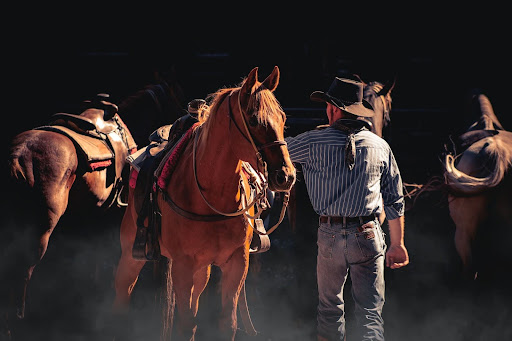
How to choose a bit ...
.jpg)
Best Salt Blocks For Horses...
.jpg)
Types of Horse Brushes (Equine ...
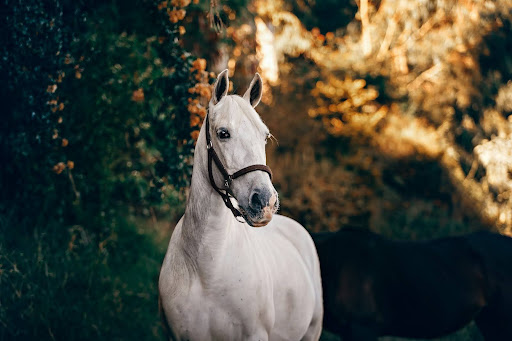
How To Get a Horse ...
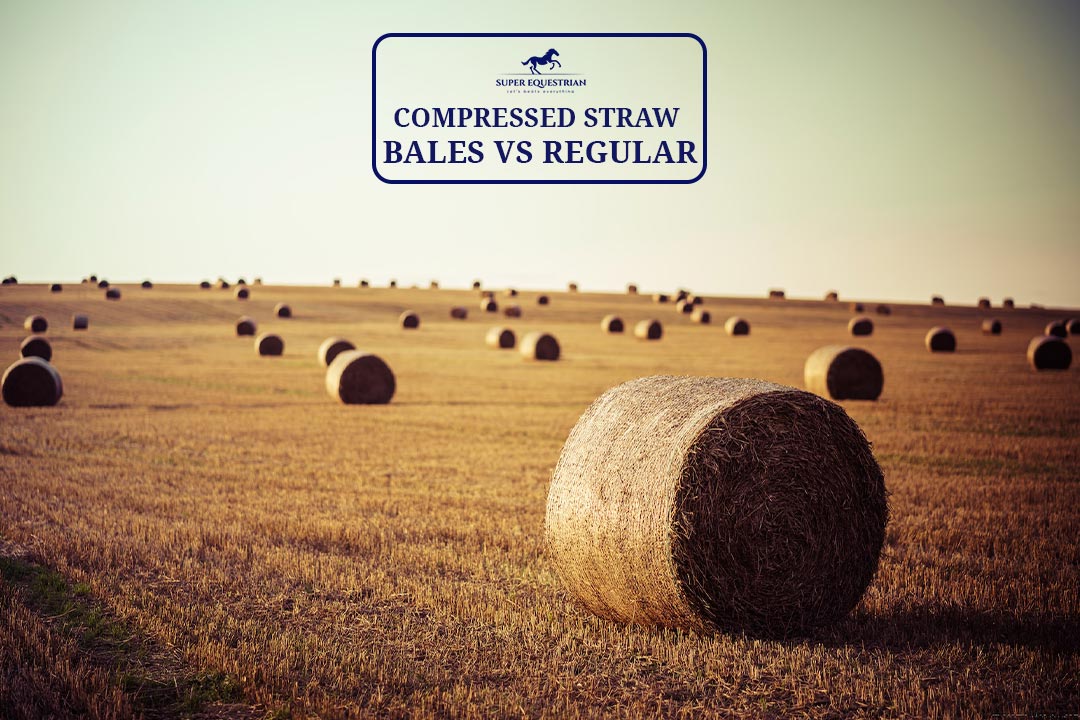
Compressed Straw Bales Vs Regular? ...
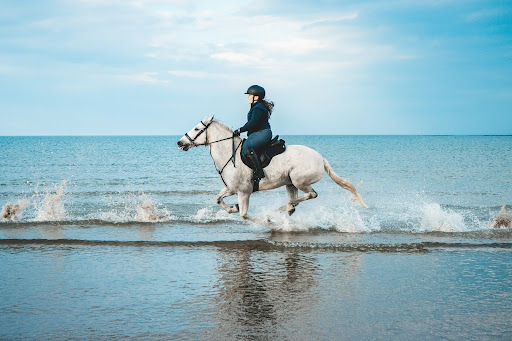
Horse Riding Lessons For Intermediate ...

Horse Trailer Brands To Avoid...

Strawberry Roan vs Red Roan? ...
.jpg)
Gelding vs Stallion...
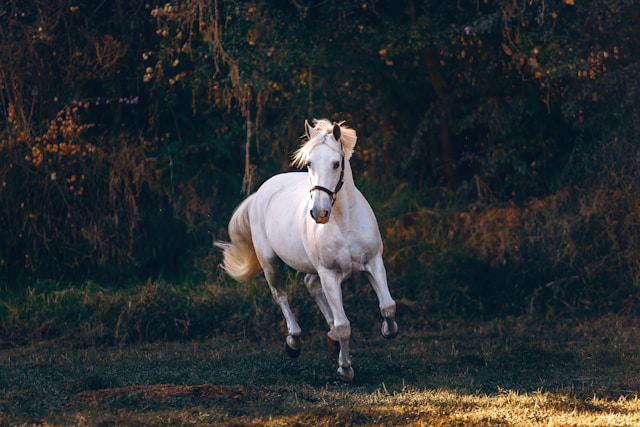
Why Does a Horse Whinny? ...

How to Clean a Rusty ...
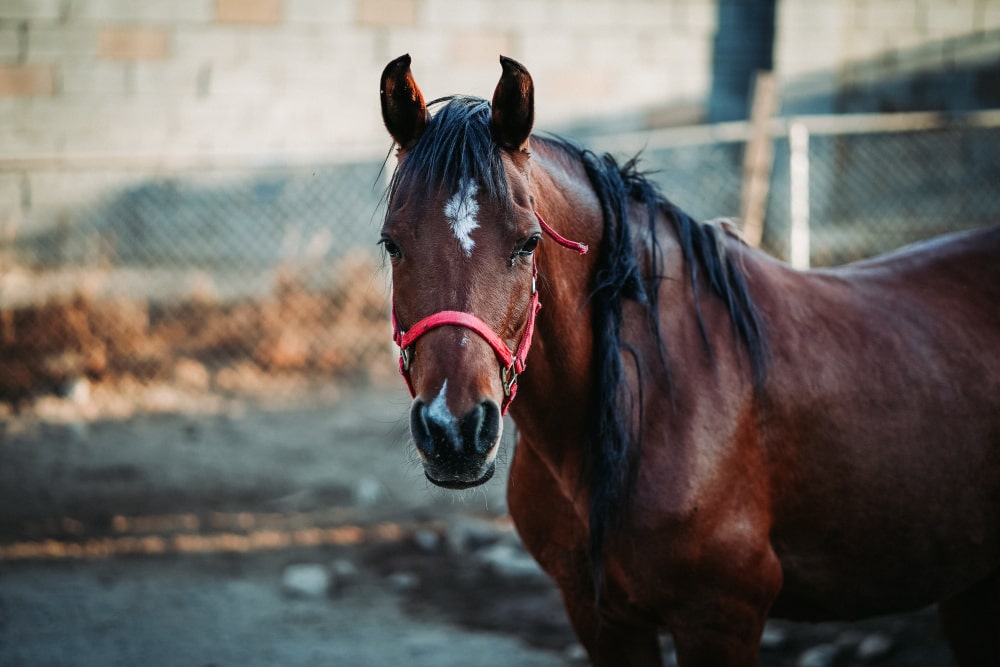
Why Do Horses Foam at ...
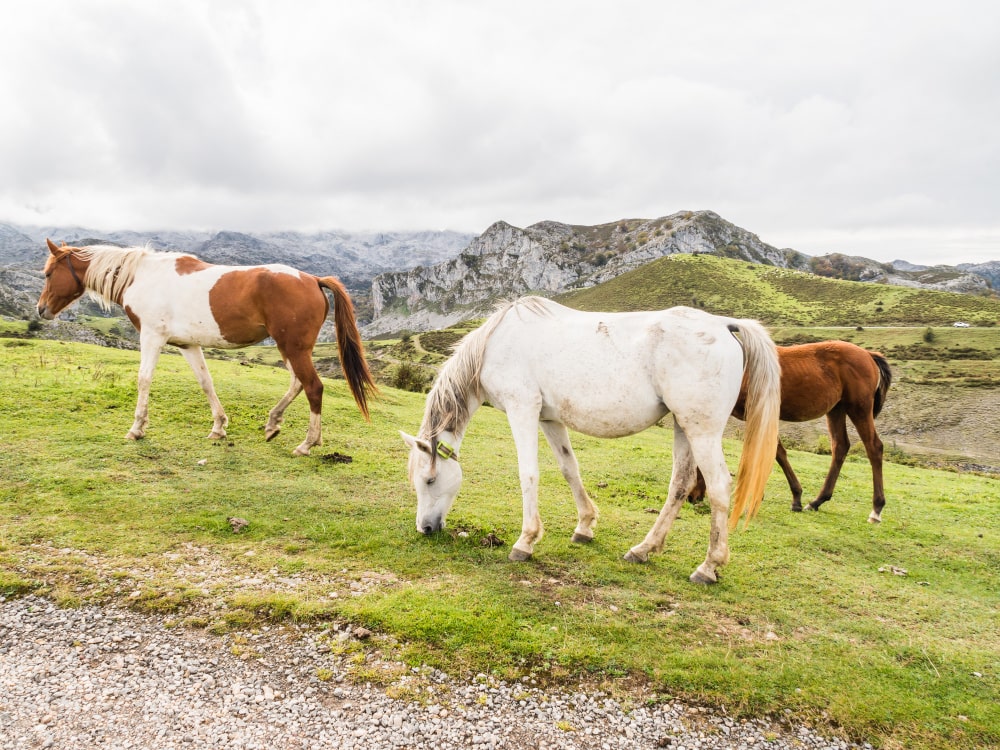
Why Do Horses Bob Their ...

Nutrition Unveiled: Triple Crown Senior ...
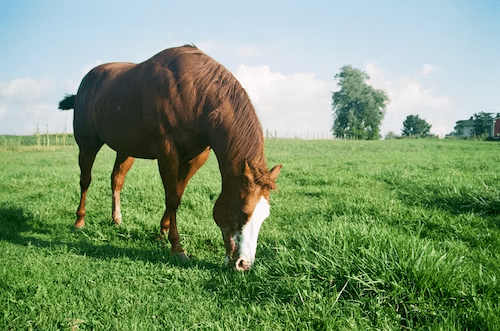
Pasture Pro Vs. Grazon: Horse-...
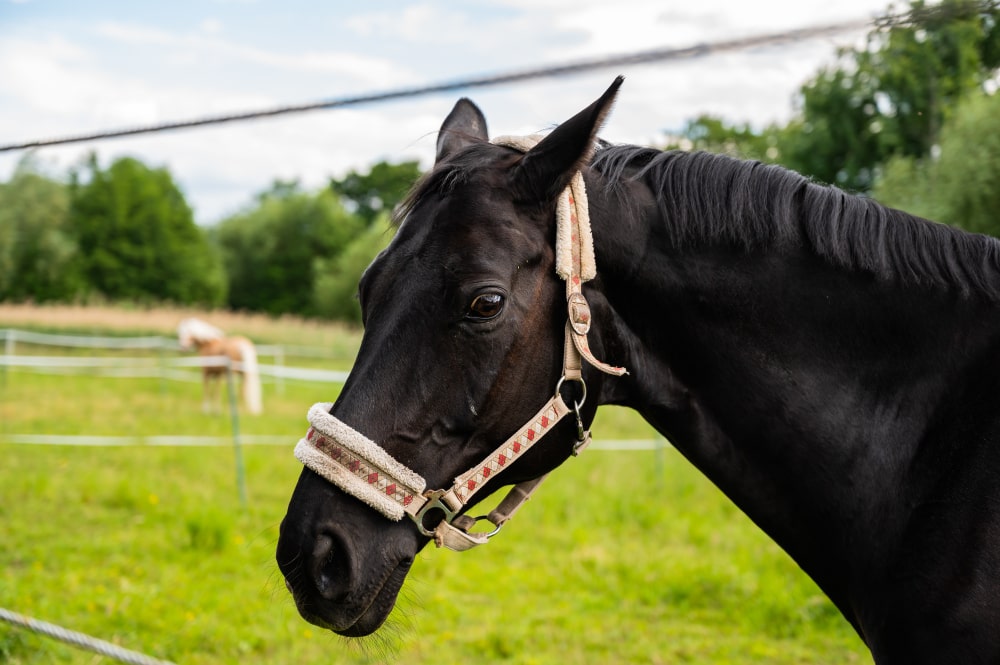
Dutch Gag Vs. Pelham: Bits ...
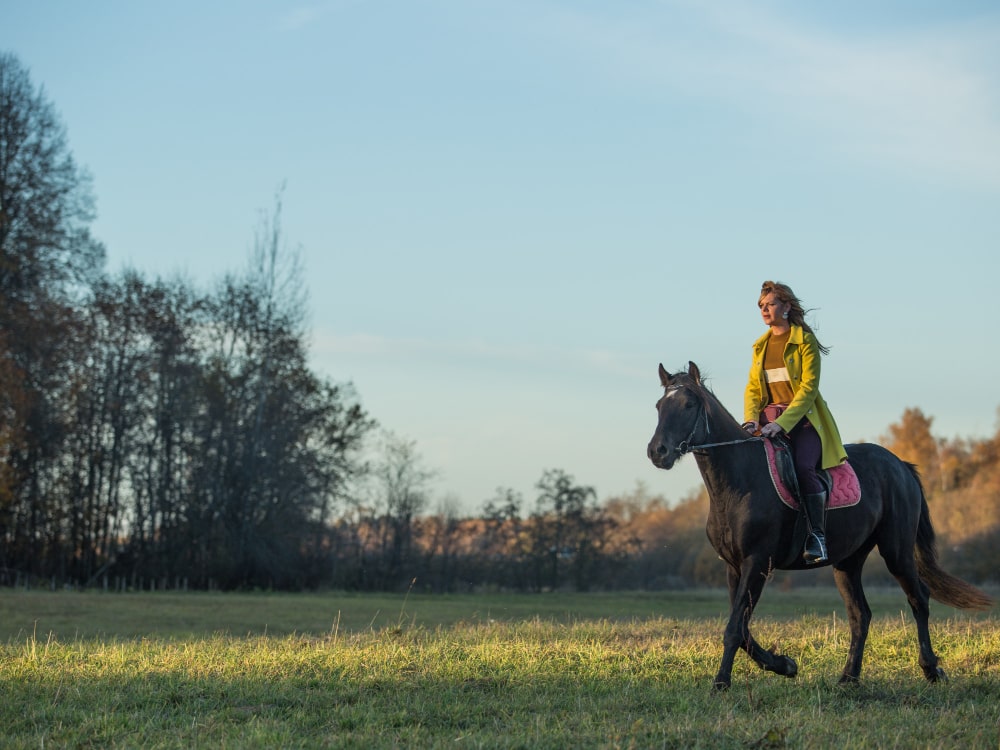
Walking Horse vs Racking Horse: ...
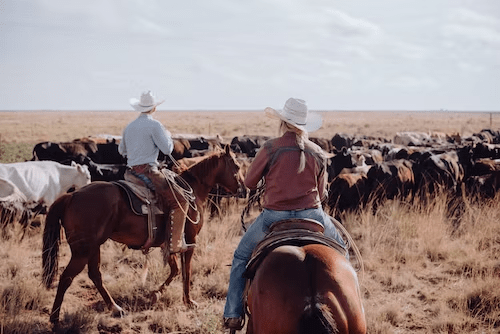
Wade vs Association Saddle: Your ...
.jpg)
Step Up vs Ramp Horse ...

Bosal vs Hackamore: A Head-...
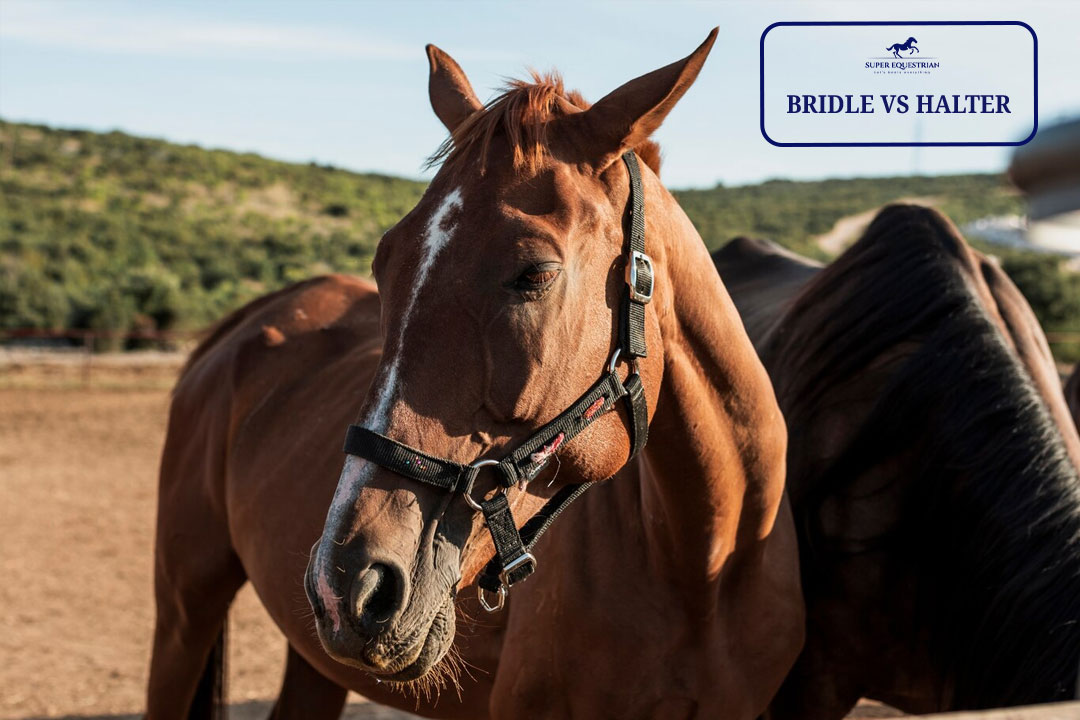
Bridle Vs Halter: Which One ...

Paddock Boots Vs Riding Boots: ...

Shadow Horse Trailer Problems: Causes, ...
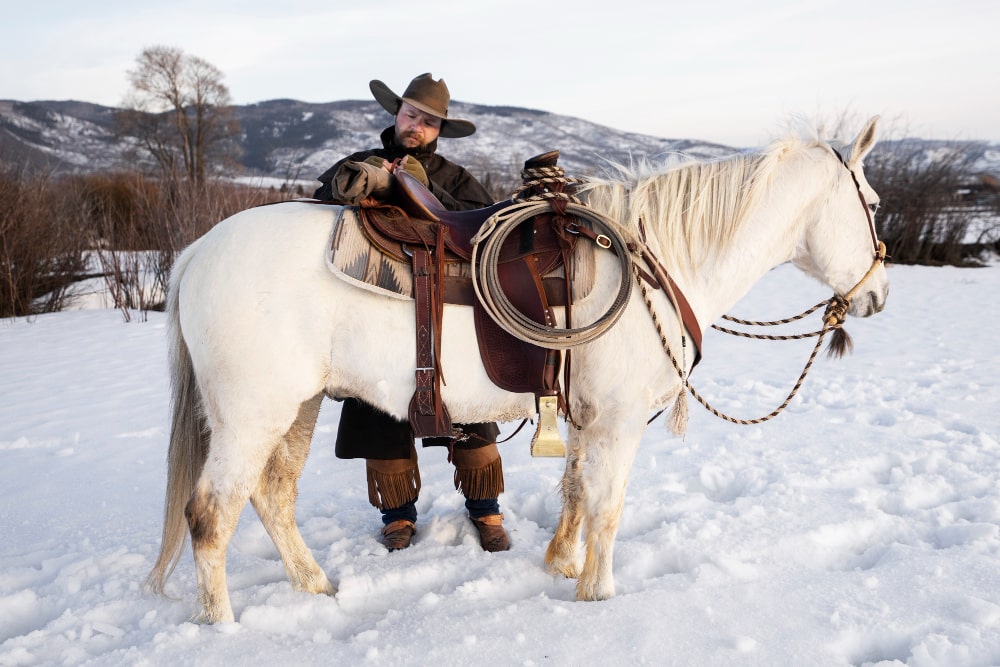
Are Billy Cook Saddles Good - ...

Let's Start at the ...
Benefits of Beet Pulp for ...
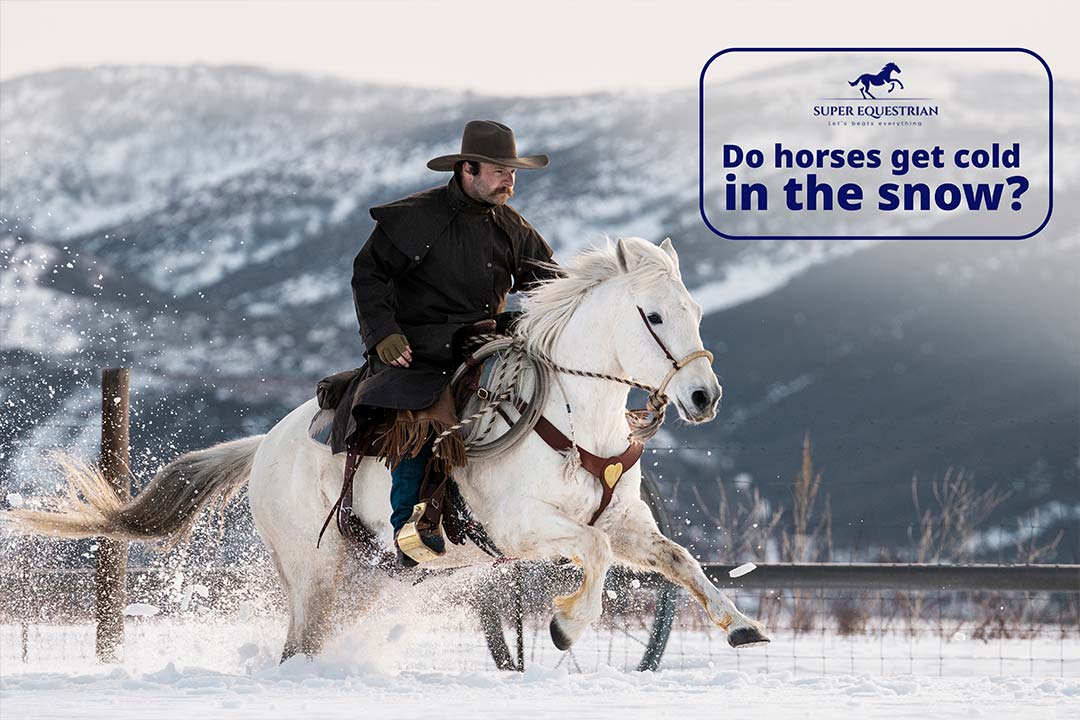
Do horses get cold in ...

Why Do Race Horses Need ...
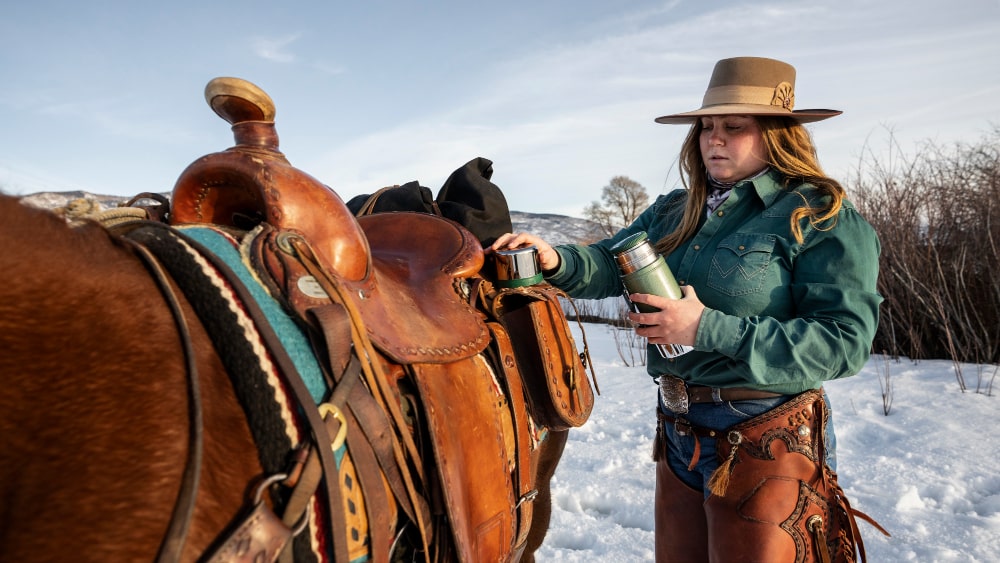
Ranch Saddle vs. Roping Saddle: ...

Round Pen vs Square Pen ...

Must Have Horse Trailer Accessories: ...
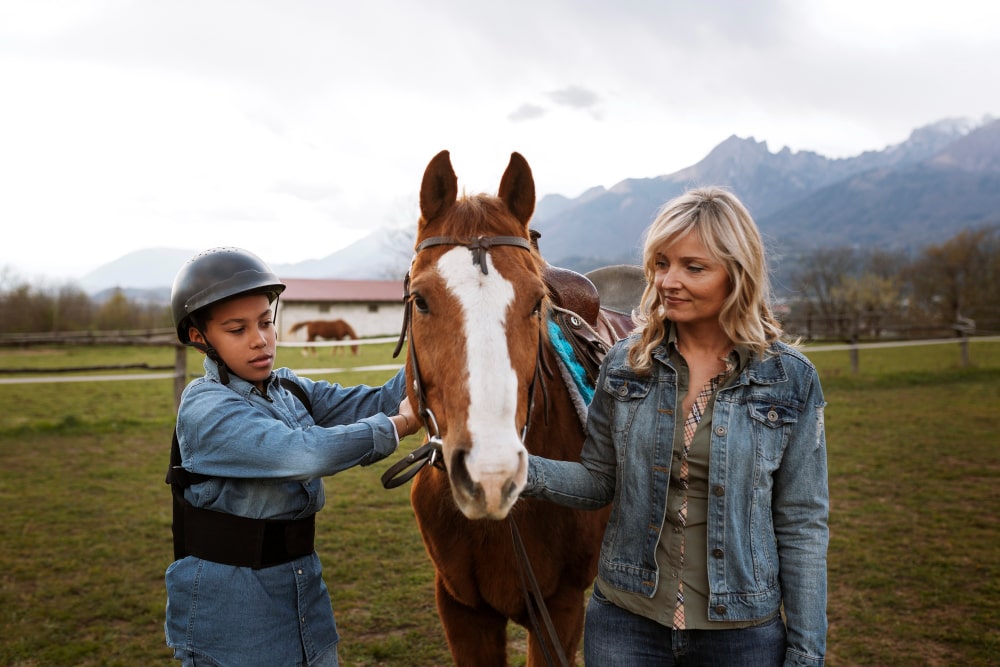
Is MIPS Worth for Equestrian?...

Natural Horsemanship vs Positive Reinforcement: ...

How to Mount a Horse ...

How to Store a Saddle ...

Why are Stirrups Important in ...
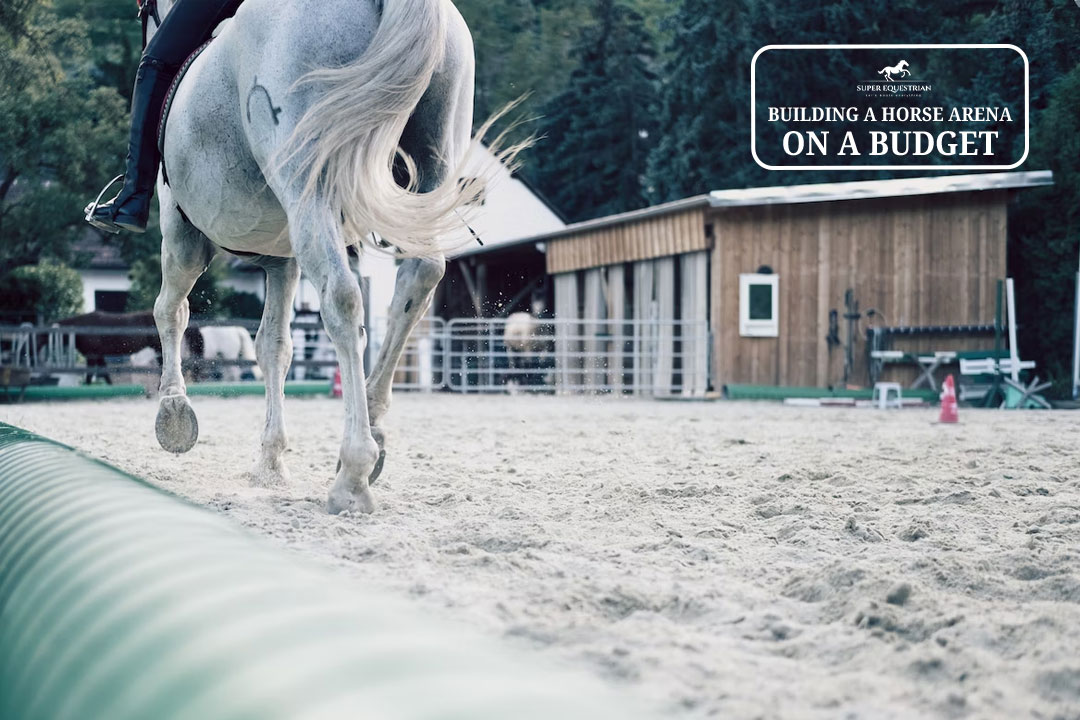
Building a Horse Arena on ...

How to Make Horse Treats ...

Order of Grooming a Horse...

Horse Riding Lessons Plan: The ...

Horse Trailer Roof Replacement and ...
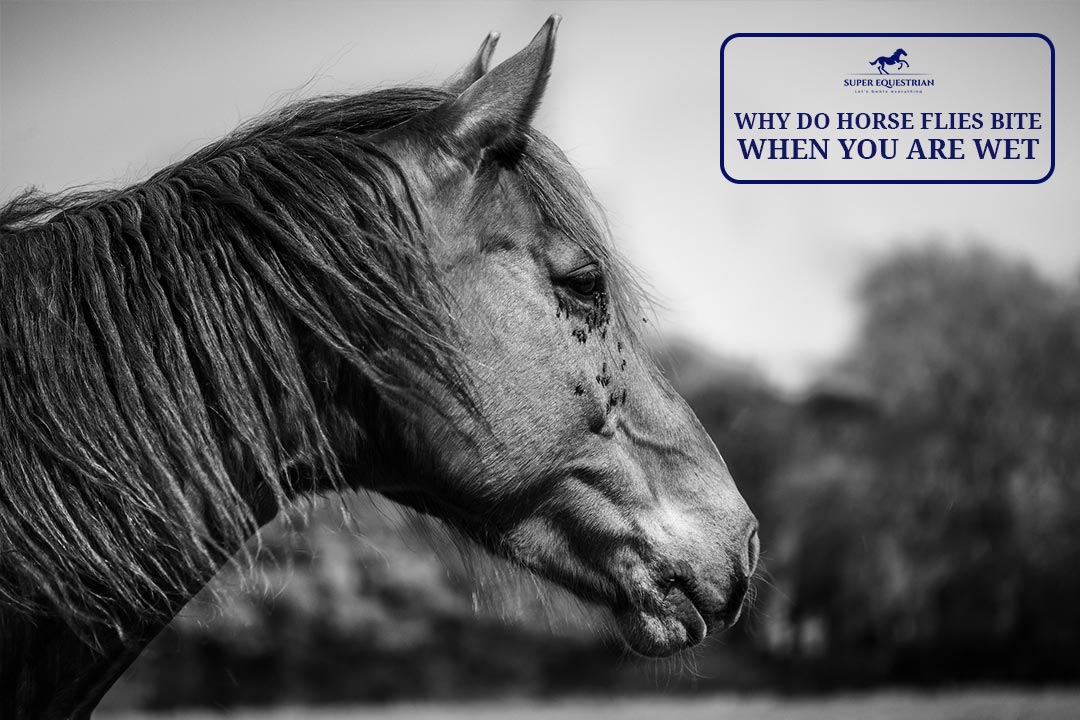
Why Do Horse Flies Bite ...
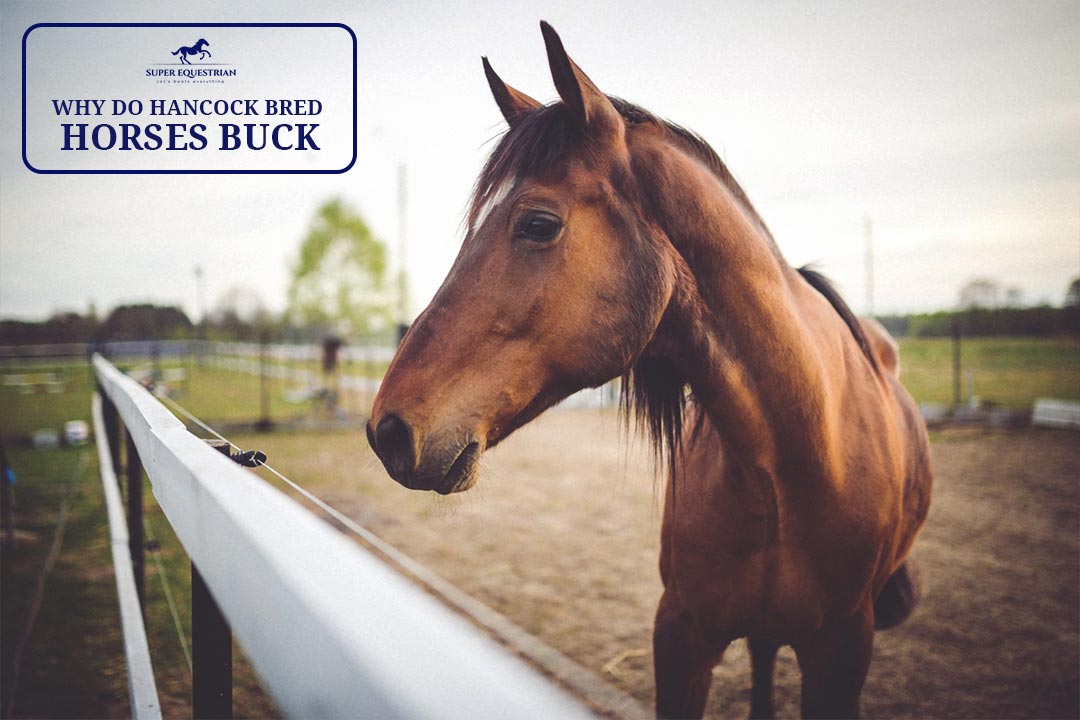
Why Do Hancock Bred Horses ...

Quarter Horse Bloodlines to Avoid...
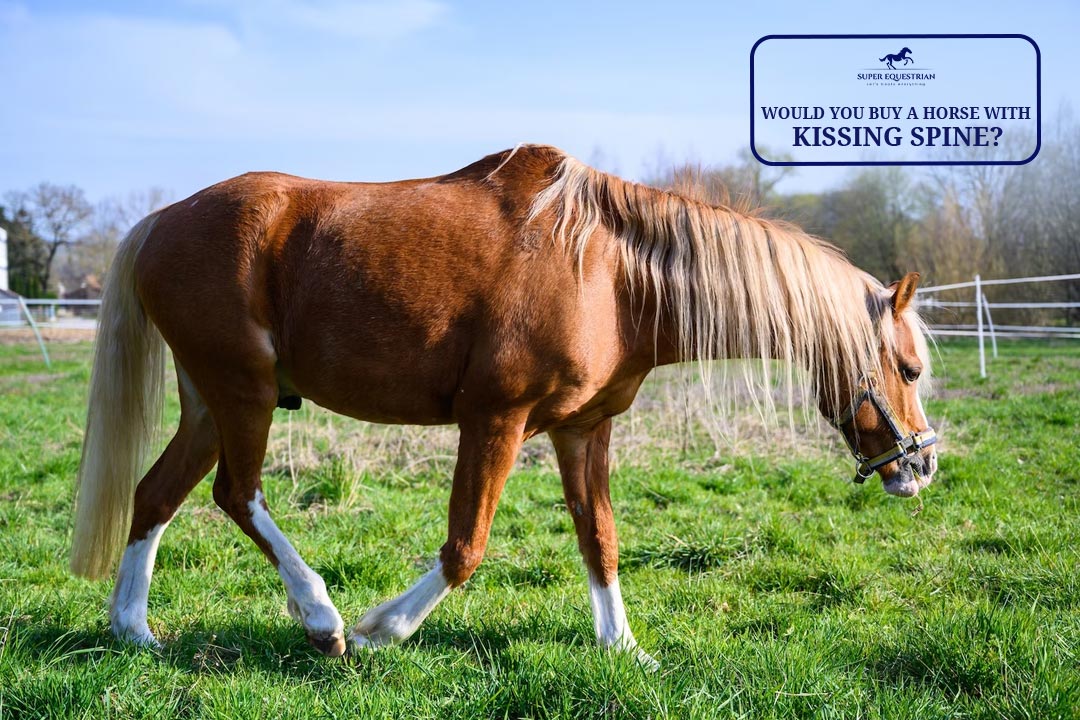
Would You Buy a Horse ...

Why Do Horses Allow Us ...
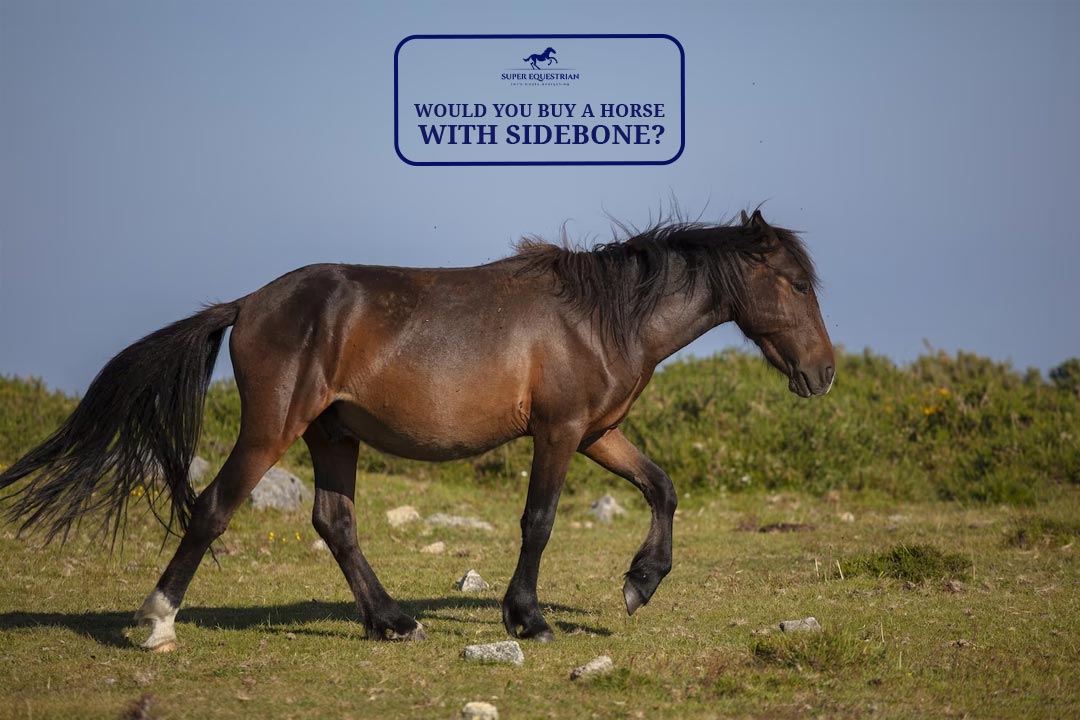
Would you buy a horse ...

Why Are Klapper Bits So ...

Why do horses need to ...

Why do you mount a ...
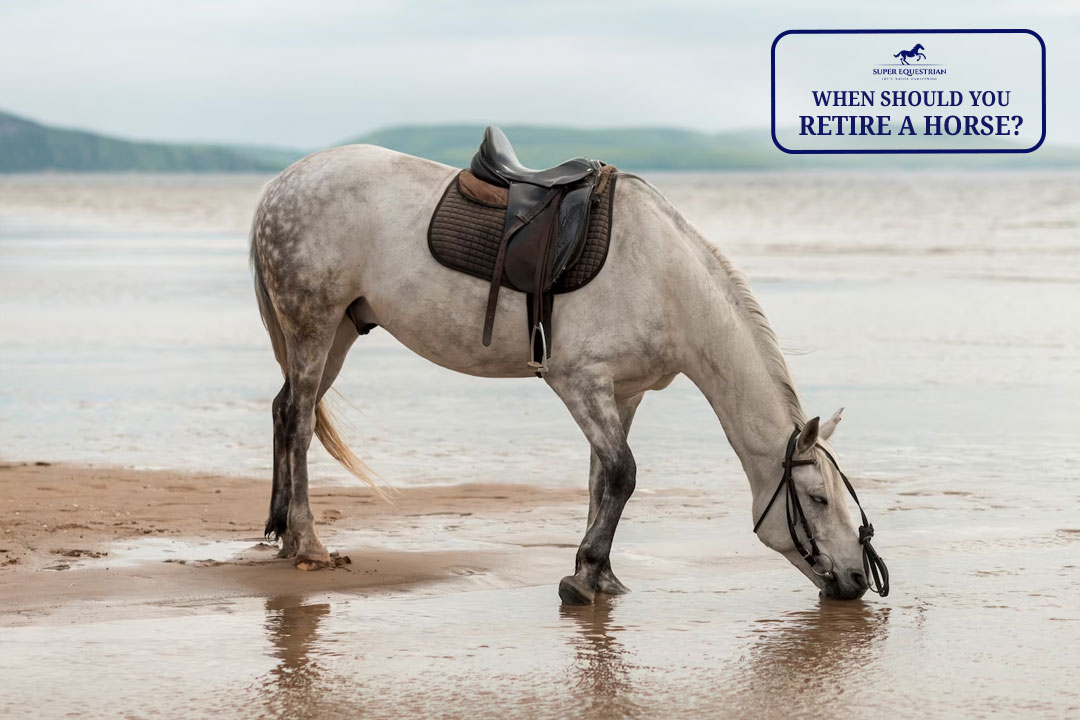
When Should You Retire A ...

Why Are Horses Whipped When ...
.jpg)
Why Do Horses Have A ...
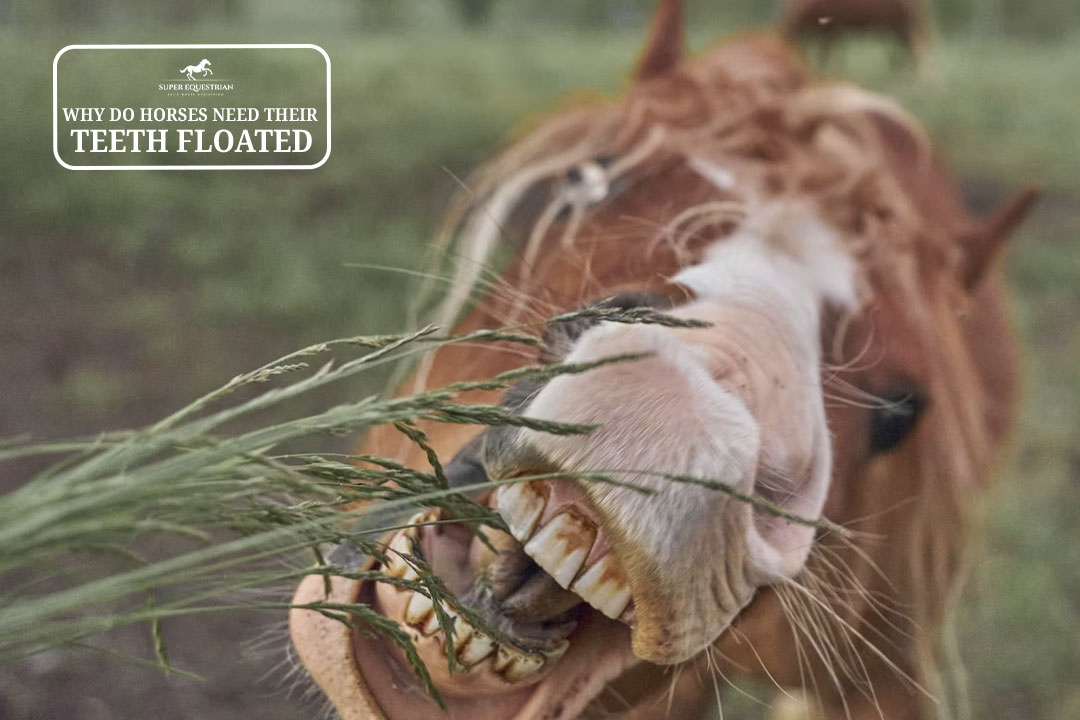
Why Do Horses Need Their ...

What To Do If Horse ...

What To Do If A ...
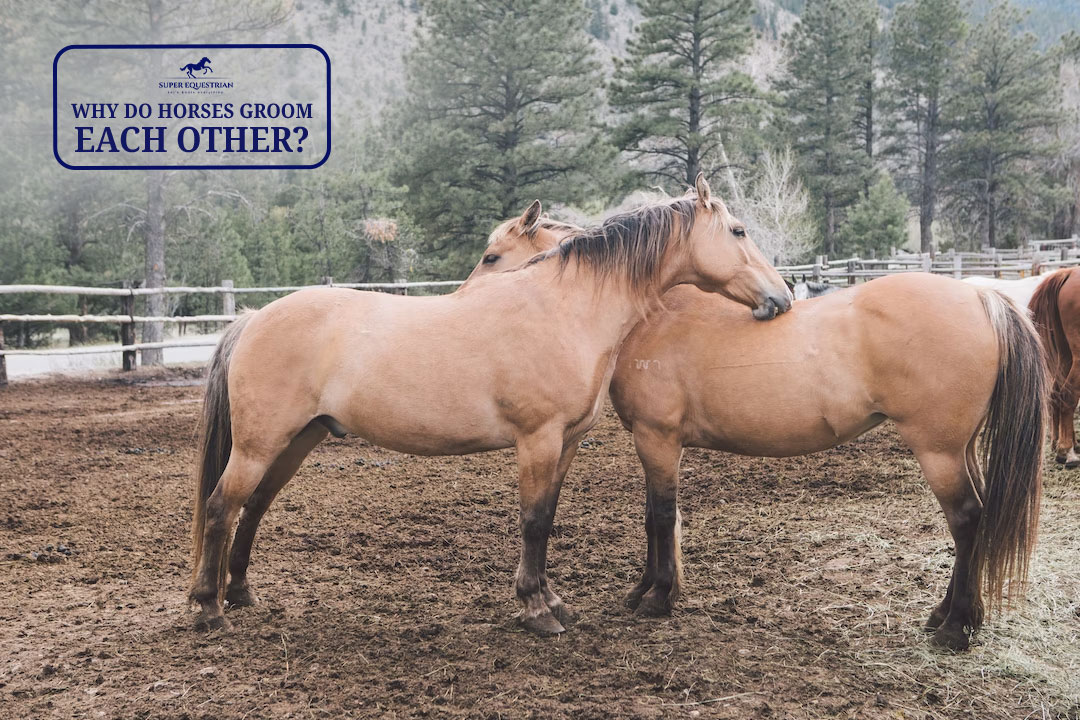
Why do horses groom each ...
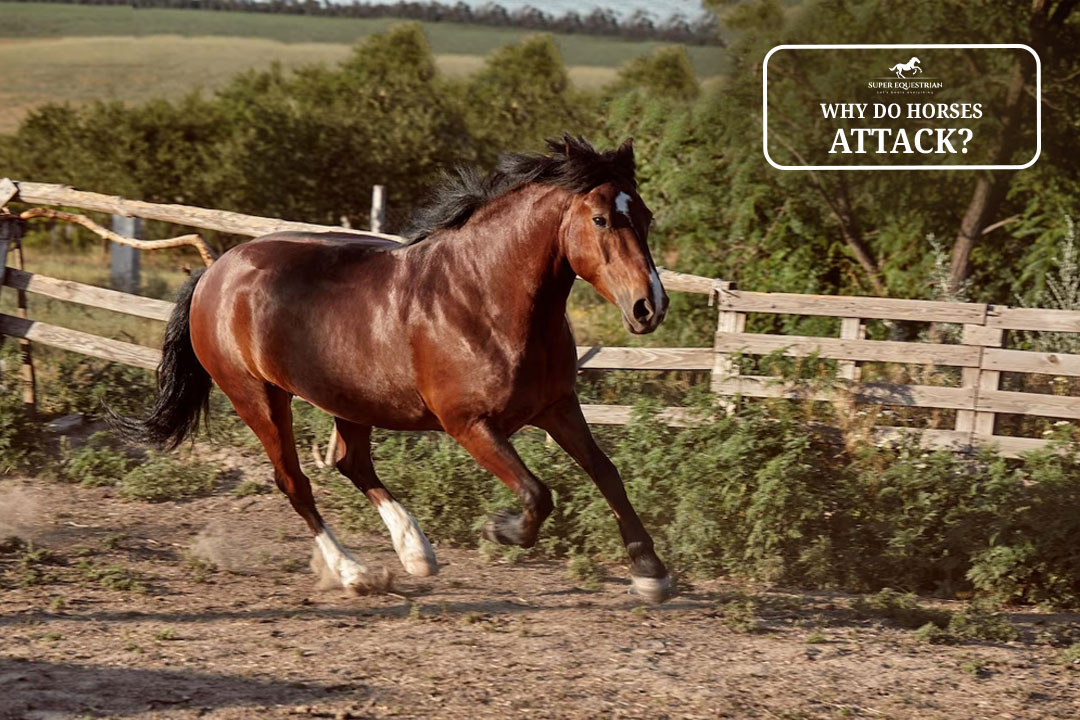
Why do horses attack...

Should I Use a Martingale ...

How to fit bell boots ...
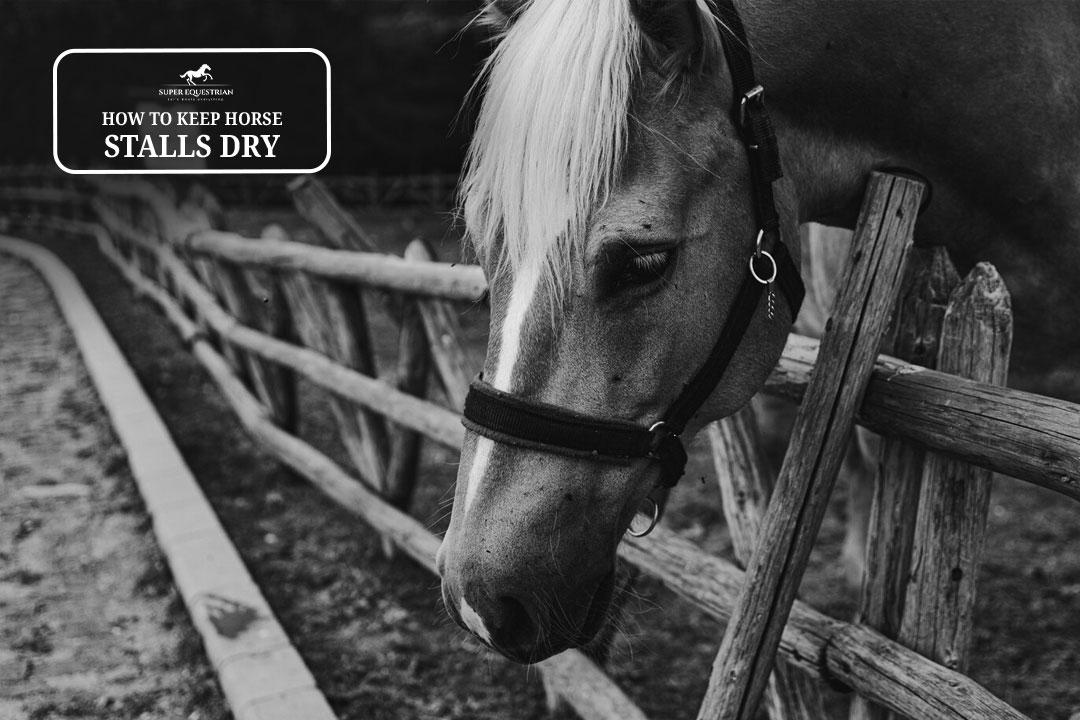
How To Keep Horse Stalls ...
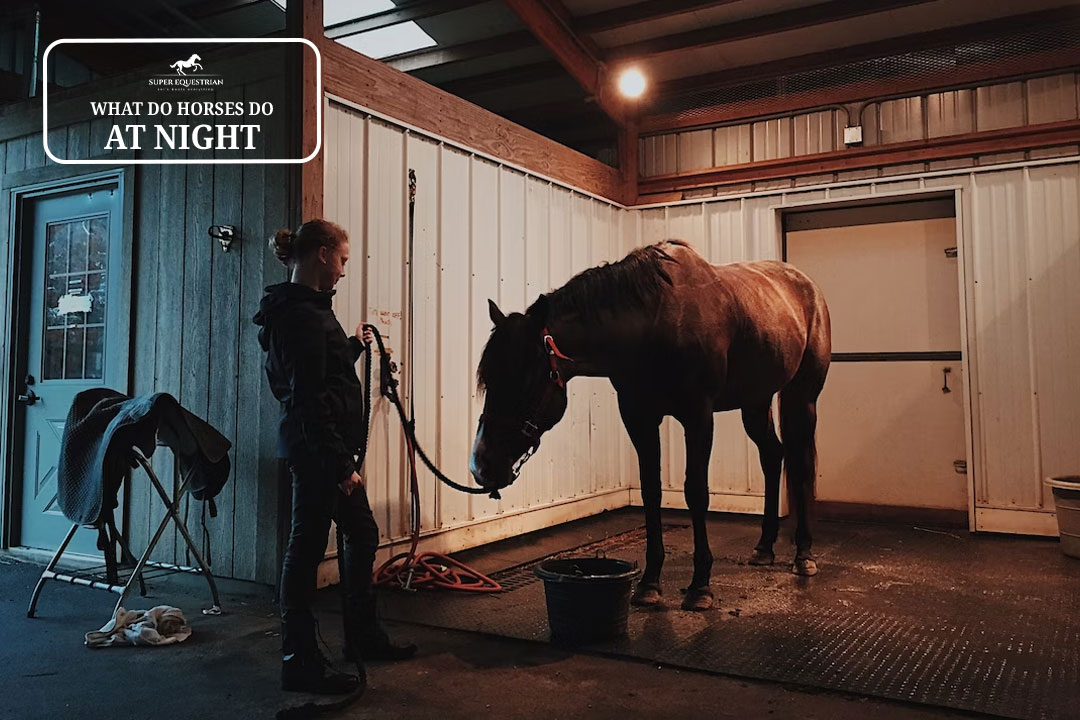
What Do Horses Do At ...

What do horses like to ...

Why do wild horses get ...

Can you ride a horse ...

Are horses protective of their ...

Why racking horses are popular ...

How To Keep Horses Off ...
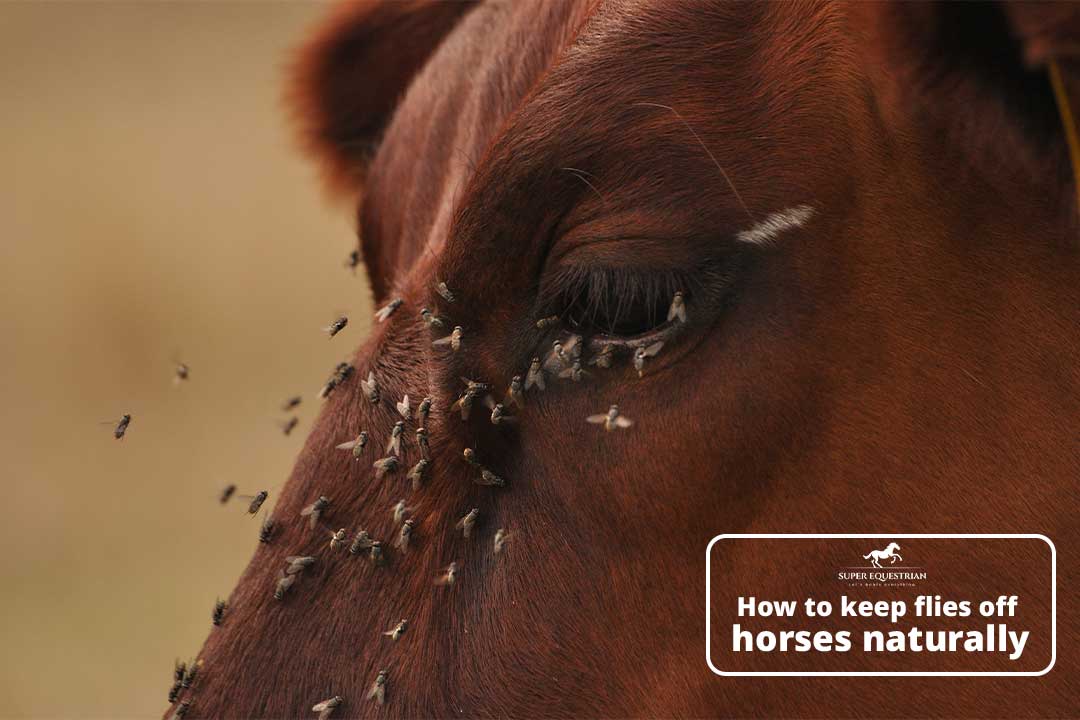
How to Keep Flies Off ...

Pros and Cons Using A ...
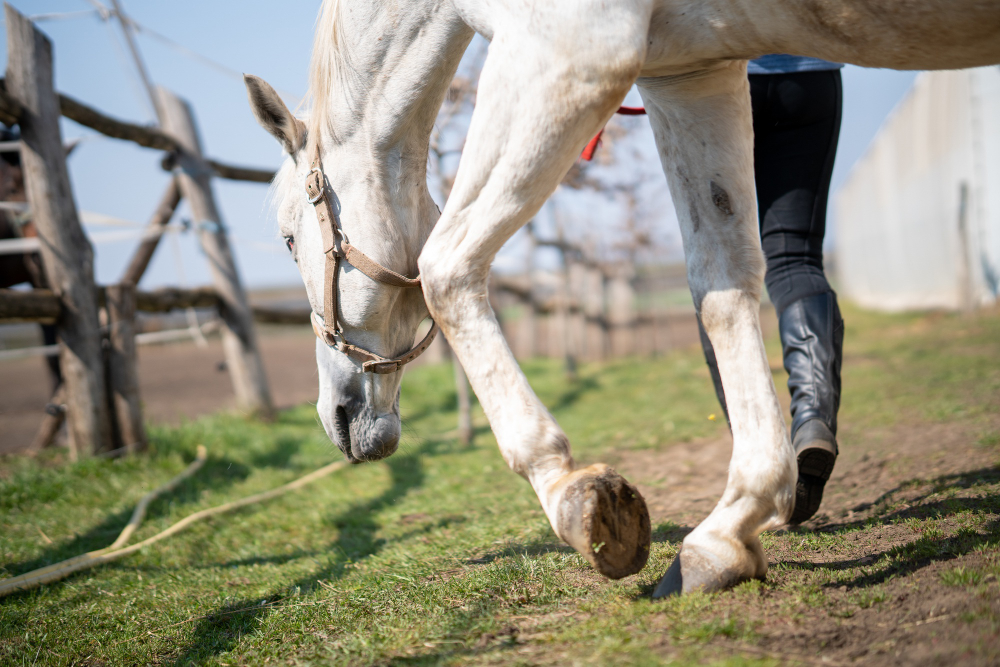
Can you ride a horse ...

Why are Corriente saddles so ...

Pros and cons of equine ...
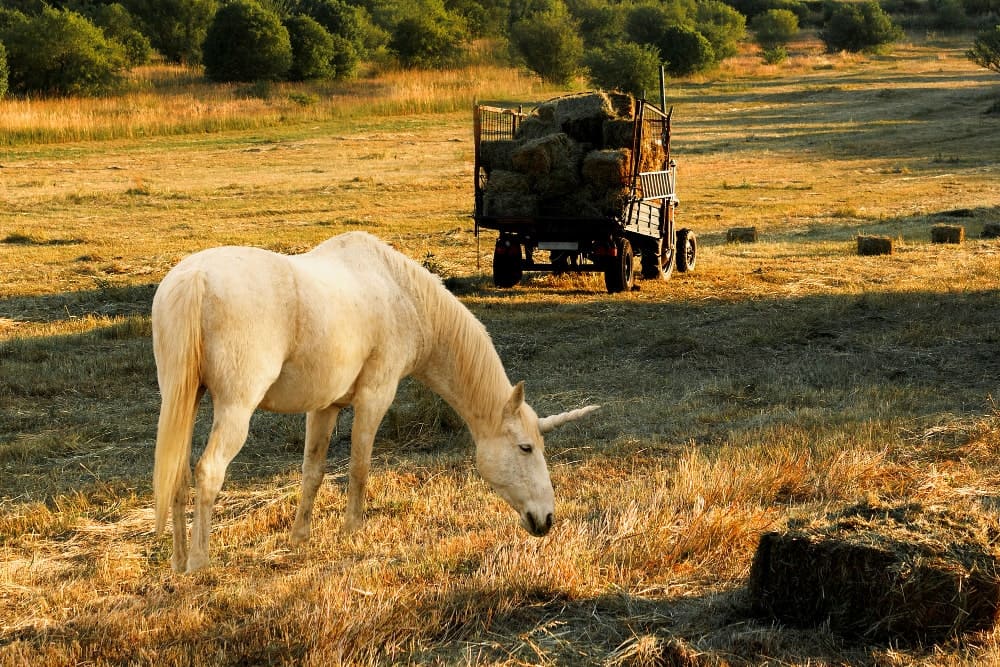
How Long After Mowing Can ...

How to Care for a ...
.jpg)
Why Do Horses Wear Blinders: ...
.jpg)
How to fit an exercise ...

Why is my horse bucking ...
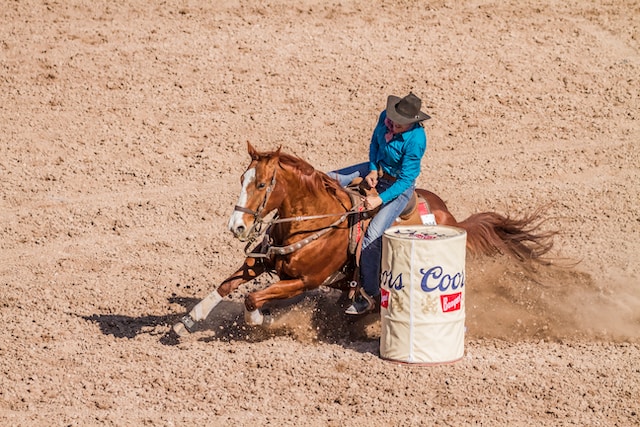
What causes a horse to ...

How to Stop a Horse ...

Why Is My Horse Bunny ...

How To Improve Pasture For ...
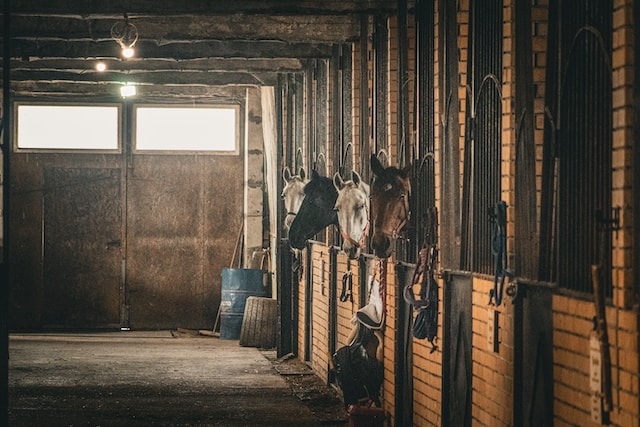
How to get the smell ...

Can you add ramp to ...

What Is The Temperament Of ...
.jpg)
Why Is Friesian Horse Hair ...

Why is my horse testing ...
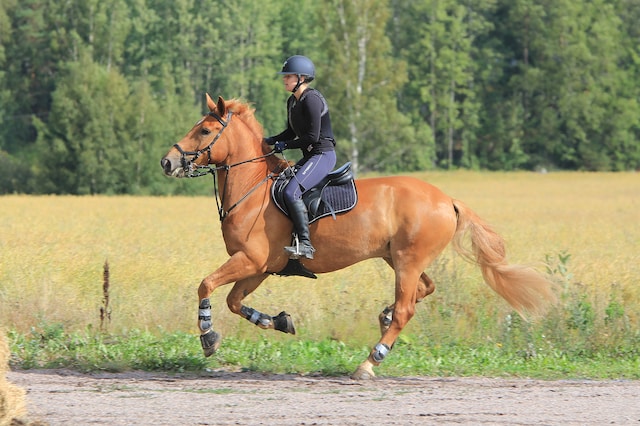
How often you should take ...

How long does it take ...
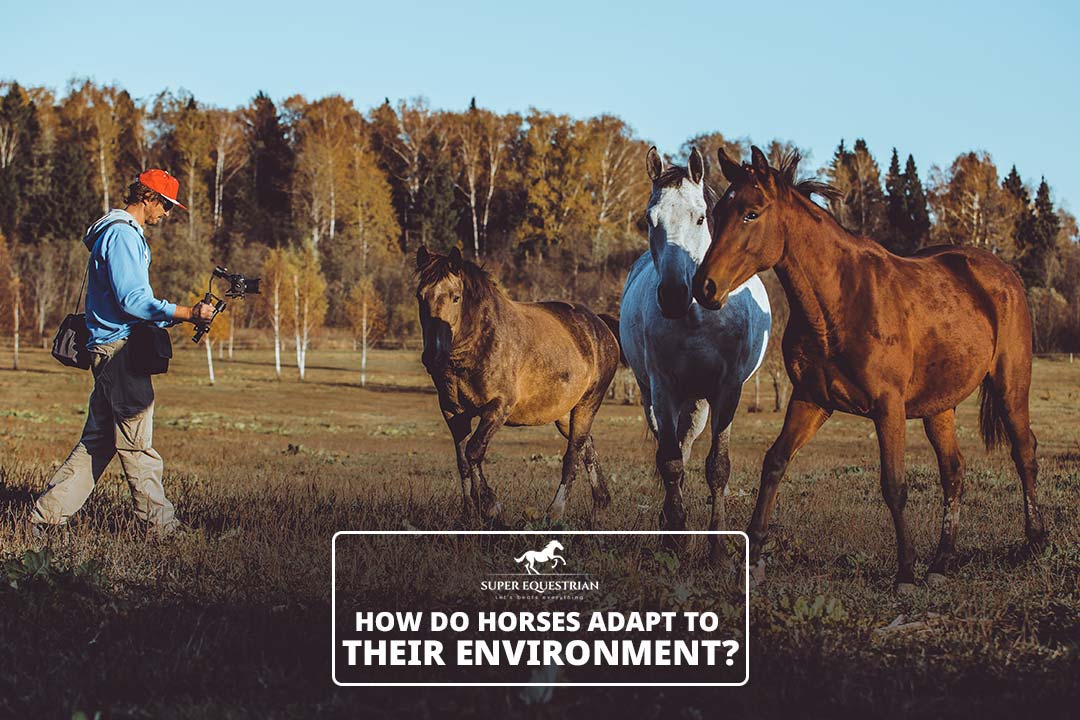
How do horses adapt to ...

How To Prepare For A ...

How To Find A Reputable ...
.jpg)
Do Horses Get Medals at ...

How to create a horse-...